2009 Honda Civic Sedan
I don’t know about you, but I think we live
in the age of the compact car.
FAST FACTS
| 1. Good mix of power and fuel economy; 140hp with 26 city / 35 hwy mpg. |
| 2. Available in many trims to suit your budget |
| 3. Navigation and leather available on the $22,855 EX-L model |
Sure, SUVs and trucks clutter the roads in America, but in most of the world, personal transportation doesn’t get much larger than, say, the size of a Honda Accord. In fact, in much of the developing world personal transportation equates to a moped and a few gallons of two-stroke fuel. Though laughed at during the 70s when introduced, the Honda Civic steadily evolved into what you see here: maximum space, style, and comfort — all contained in less than 15 ft.
Oh, and let’s not forget that in May 2008, the Civic unseated the Ford F-150 as the best-selling vehicle in America — a title the Ford held since 1991.
For 2009, the ever-popular Civic Sedan gets refreshed front and rear, slightly sharpening its (relatively) outlandish looks. Well, when they sell over 350,000 per year here in the U.S., even the most progressive design looks normal very quickly.
INSIDE
That sentiment is mostly due to the car’s unconventional dashboard layout: a central rev counter sits in front of the driver, but at the base of the windshield sits the speedometer and a few other readouts. Why? The theory goes that the less time it takes to glance off of the road, the better — and if the speedometer is just “below” what you see, your eyes should stay glued on what’s important, and for longer.
Though strange at first, it’s easily one of the best aspects of the car (and so good, Mazda has copied the design for the 2009 Mazda3.)
Sitting in the driver’s seat, you’ll notice a few other details: a very small steering wheel (making parking and quick hand movements easier), a very large windshield (enhancing the sense of speed and sportiness, while helping vision), and a very flat floor. That flat floor extends to the rear seats, helping the occasional center passenger stay comfortable — without having to contend with a nasty hump in the carpet.
You’ll also notice the high level of equipment: power windows, a tilt and telescopic steering column, a 12-volt power outlet, and a “maintenance minder” system are standard on the base model DX trim, with items like air conditioning, sunroof, cruise control, navigation, and leather offered on the pricier DX-VP, EX and EX-L grades. Fully loaded, you’re looking at about $24,000.
COMPETITION
The Civic’s base price of $15,505 compares favorably with its direct competitor, the Toyota Corolla ($15,350), the outgoing Mazda 3 i Sport ($15,360), and Hyundai Elantra GLS ($14,120). Fuel economy, ever important for buyers in this segment, is a frugal 26 city, 34 highway mpg. Notably, both the Ford Focus (24/35) and Chevrolet Cobalt XFE (25/37) achieve better highway mileage. The Cobalt is tops in its class for horsepower, too, with 155. The Civic’s 1.8L engine makes 140 hp.
Honda also offers both Hybrid ($23,650) and GX natural gas-powered ($25,190) — complete with home fuelling station — Civic models. The Hybrid is rated at 40/45 mpg, while the substantially cheaper to refuel GX achieves 24/36 mpg.
One note: the base model Civic DX doesn’t come with air conditioning, but the base model Corolla does. Air conditioning is bundled in the Civic “DX-VP” package, along with an upgraded stereo, for $750.
ON THE ROAD
From its incredible acceleration and aural soundtrack to its breathtaking cornering speeds, the Civ…wait…wrong review. Sure, the Civic Sedan is far from being a supercar, but can be nearly as delightful to drive…depending on your preferences.
To start, its small steering wheel, squat stance, and responsive controls make the Civic feel closer to, say, a Mini Cooper than anything in its class. But even on the luxurious leather-trimmed models, the Civic is noisier than its direct competition (notably moreso than the Corolla), and suffers from a jouncy (jumpy and bouncy — can’t I make up a new word?) ride.
That’s due to the car’s stiff springs; great for teenagers, but can be annoying if the roads you travel on resemble something from the War of the Worlds.
SAFETY
Standard safety gear includes dual front, side, and curtain airbags, active head restraints to prevent whiplash, ABS with electronic brakeforce distribution (sending the most braking force to the wheels with the most grip), tire pressure monitoring system, and child-proof rear door locks.
It also earned the highest crash test rating of “Good” in all categories from the IIHS.
However, only those who pony up for the more luxurious EX-L models get brake assist (to help apply more pedal pressure in a panic stop) and vehicle stability control. True, its competitors (apart from the Hyundai Elantra) don’t offer it as standard equipment, either — but in the Corolla’s case, it’s an inexpensive $250 option on the base model.
THE VERDICT
While I can’t argue with its popularity, I wish the Civic traded a slice of performance for a bit more refinement, and added vehicle stability control (even as a standalone option) on every trim level. I’m also annoyed that for all its swoopy good looks and futuristic interior, the Civic remains a pretty conventional car.
I guess it’s easier — and more successful — to fit in an envelope than push it.
PLUS
- Fun to drive
- Great resale value
- Wide range of options
MINUS
- Almost too popular?
- Interior plastics can squeak in cold weather
- Pricey compared to domestic and other Asian competitors
More by Michael Banovsky


















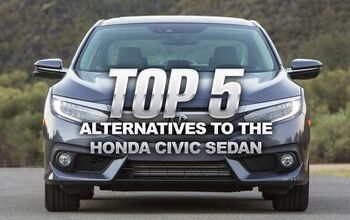
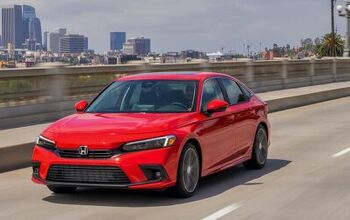
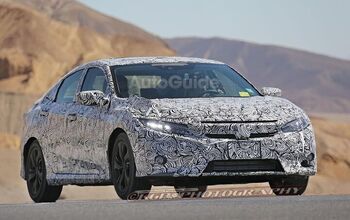




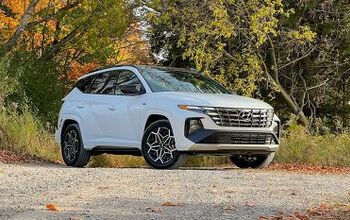


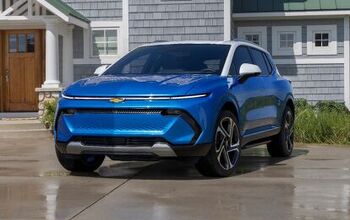
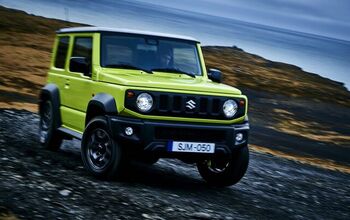
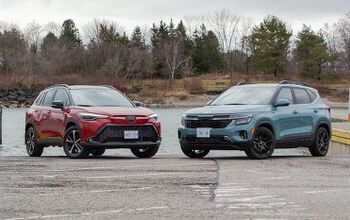
Comments
Join the conversation